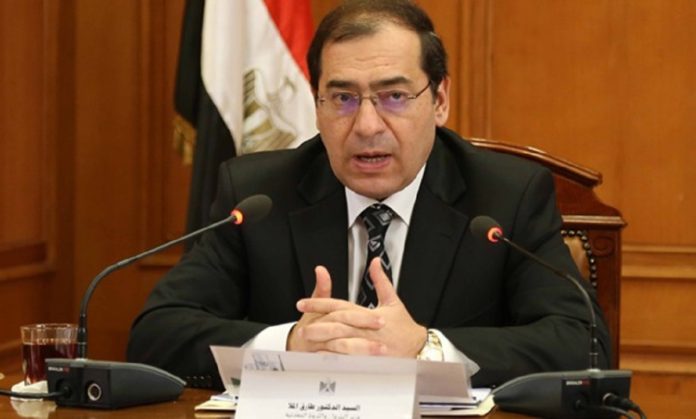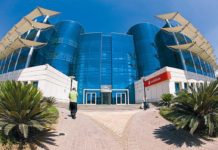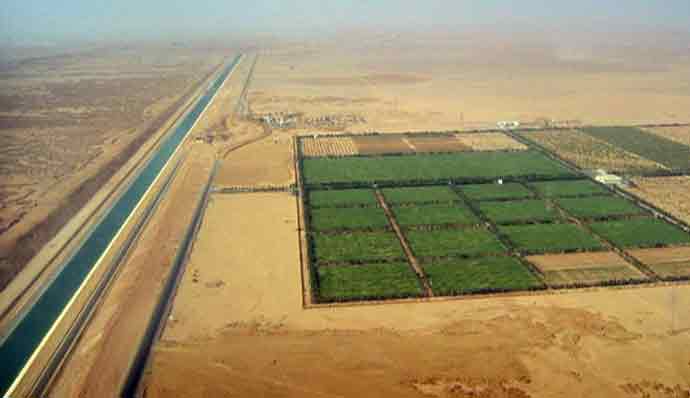In a statement to Al-Ahram, Minister of Petroleum and Mineral Resources Tariq Al-Mulla said that Egypt production of natural gas increased by 60 percent since the beginning of 2016, rising from 3.8 billion cubic feet per day to 5.1 billion cubic feet per day. Al Mulla added that the increase came from Nawras and northern Alexandria fields, in addition to a number of other projects.
He pointed out that Egypt& production is expected to increase by one billion cubic feet per day by the middle of next year after the start of production from the «Dhohr» and «Atoll» fields at the end of this year and beginning of next year. Egypt has shifted from being an exporter to being an importer of natural gas since 2011 due to its inability to pay foreign gas company dues, estimated at about $6 billion. However, Egypt began to pay up these debts beginning of 2014 and raised the purchase price of the foreign partner’s share, pushing production forward one more time. Starting 2015, a number of gas fields have been discovered and operated in the Mediterranean Sea, including Salamat, Dhohr, Nawras, Atoll, and northern Alexandria.
The Nawras field began operation in September 2015, and the first phase of the North Alexandria field was opened last May, pushing up Egypt’s production to 3.2 thousand tons in June 2017 compared to 2.5 thousand tons in June 2016. Egypt is expected to achieve self-sufficiency in natural gas in 2018, and will begin to realize a surplus end of this year with the start of the Dhohr field, which has reserves estimated at 30 billion cubic meters of gas. This increase in production would save large amounts of foreign exchange resources earmarked for imports and meeting the needs of power stations, factories and households, hence relieving the balance of payments from any additional burden.
The Egyptian Center for Economic Studies, ECES argues that, gas must be treated as an energy component of the economic system as a whole, Which requires a comprehensive vision to maximise its use and identify the best possible alternatives for its use to maximise value.Which requires two things: first, not to export raw gas, and to use it instead in industry by converting it into products that are exported. An example is to convert gas into fertilizers, increasing its value several folds. Second, directing the return on these exports to productive investments that contribute to increased production capacity and raising the rates of economic growth, hence turning wealth from one form to another to achieve a higher return without being depleted in current consumption items. ECES says that oil and natural gas sector should be restructured at the legislative, regulatory, administrative and financial levels. In addition, the Edco and Damietta gas liquefaction plants should be developed and maintained to draw on their comparative advantage. Other gas producing countries such as Israel are still unable to possess such plants due to the high cost of their construction. We must also work towards availing the costs of exploring for gas in the long run instead of foreign companies in order to maximise benefits from our natural resources. ECES further noted that BP estimated Egypt proven gas reserves at 65.2 trillion cubic feet of gas in the late 2016.
The President of the Republic ratified Law No. 196 of 2017 regulating the activities of the gas market, allowing the private sector to import natural gas from anywhere in the world. It also established the gas market regulatory body, which the law stipulated its approval of the quality of gas to be pumped through the national gas network. This would ease the government’s gas subsidy bill, as it is no longer required to supply gas to producers. It would also attract new investments to the energy market in Egypt.















